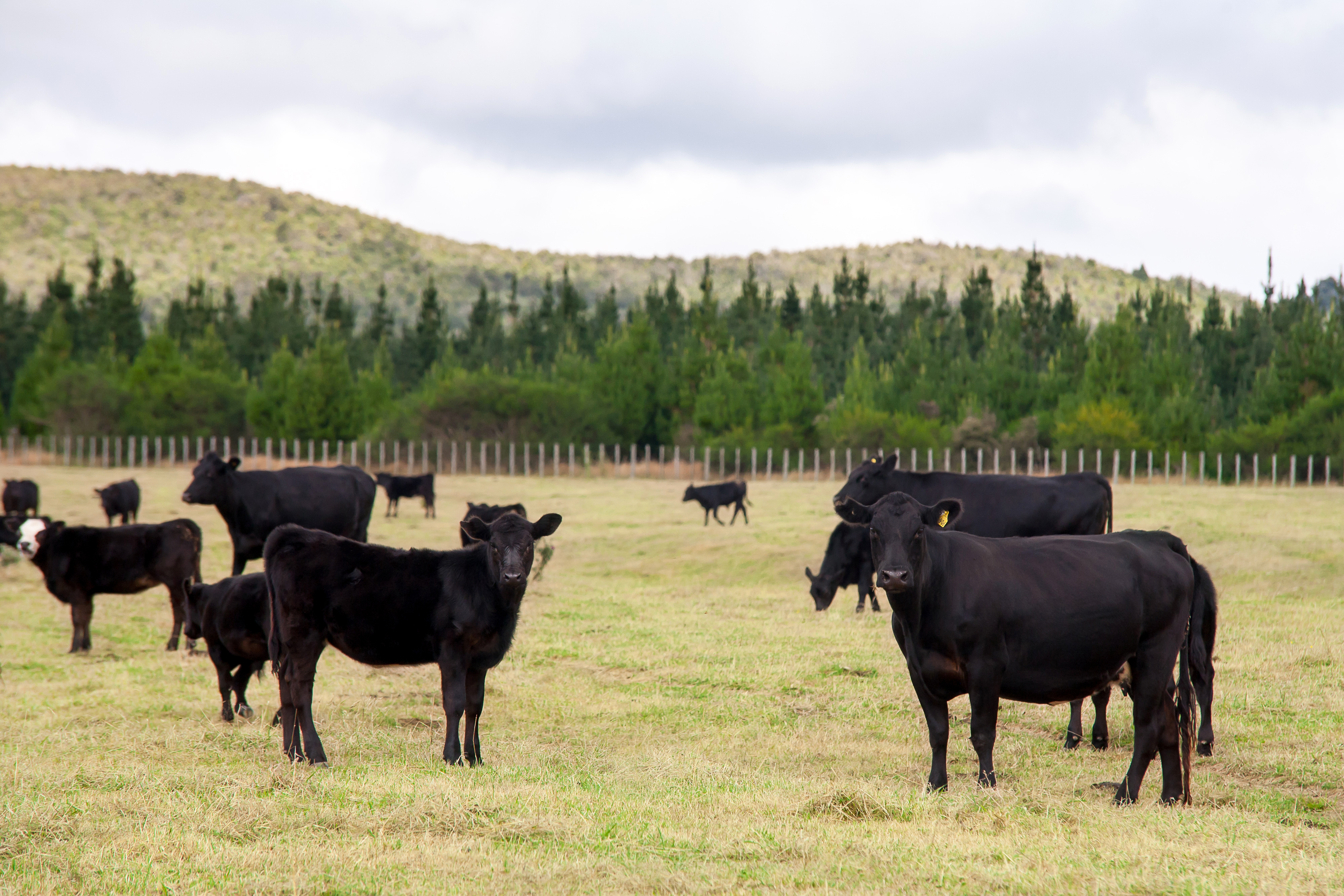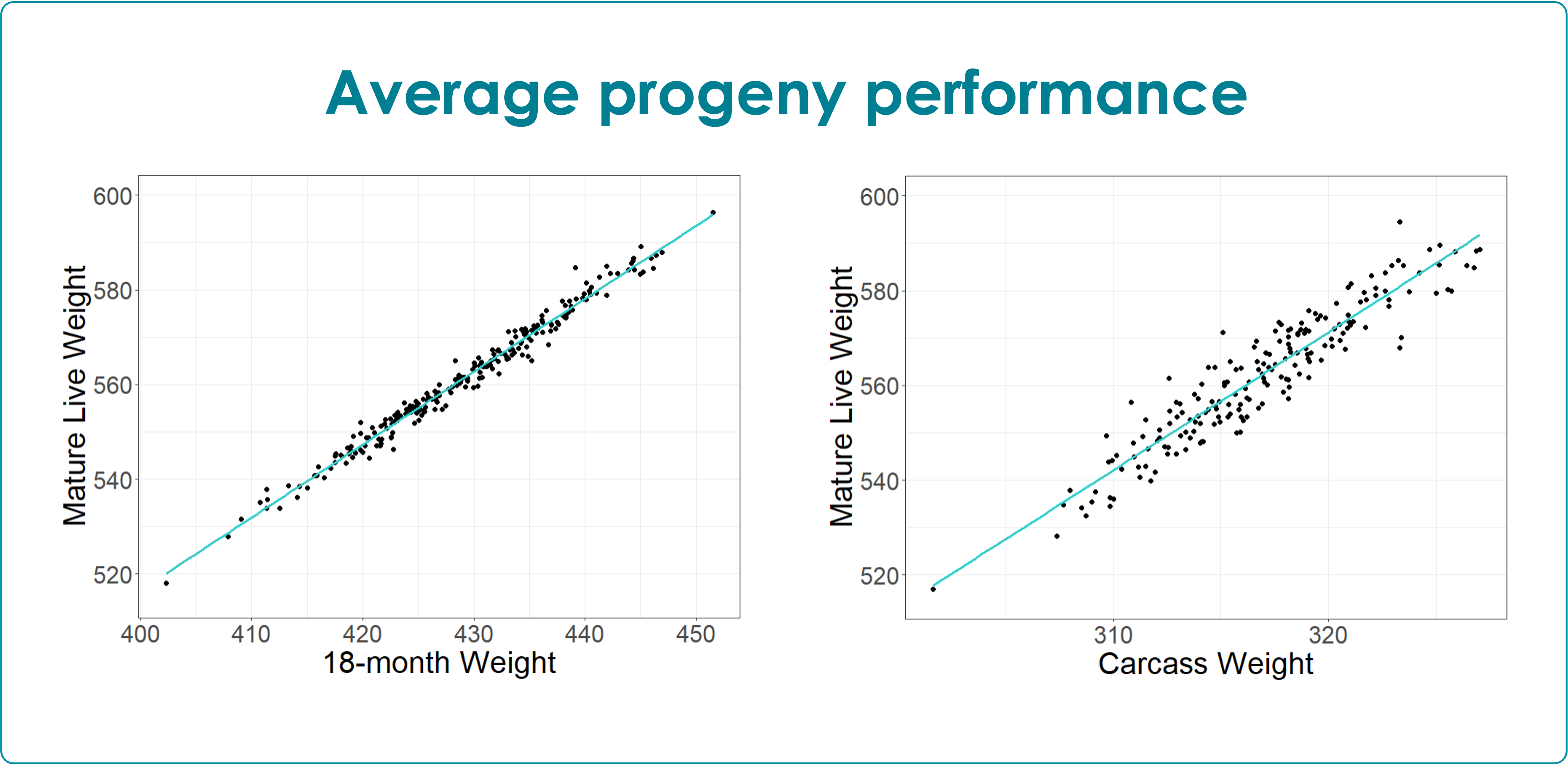Mature live weight and growth

It’s a simple job description for finisher cattle – grow big and be quick about it. We want moderate-sized calves born, uneventfully, to moderate-sized cows. And then one day when the weather is neither too wet nor too dry we want these little calves to burst forth like the Incredible Hulk into 600kg+ prime cattle.
But pesky biology wants to get in the way of our dreams…
The B+LNZ geneticists have pored over the growth data from nine years of running the Beef Progeny Test. They have found strong genetic correlations for mature live weight with 18-month weight (0.92) and carcase weight (0.82). So yes, cattle that are destined to be big guys and gals were big 18-month-olds and big on the hooks too. That is all well and good in finishing animals. An extra 30 kg of live weight as an 18-month-old puts them on track to be slaughtered a month earlier. But breeding for those baby Hercules at 18 months of age might also add an extra 46 kg of mature live weight to the next generation of breeding cows. Those bigger calves are likely to have equally bulky mothers and sisters who need more pasture to keep them going.
It means that keeping cow size moderate while maximising weight of finishing cattle at 18 month of age seems to be a bit of a pipe dream – at a correlation of 0.92 there just isn’t much room to move. However, 18-month-weight is not the same as carcase weight! The B+LNZ researchers have found that carcase weight EBVs only explain about 67% of the variation in mature weight. This means that there is a bit of wiggle room (see graph) for producing heavier carcases without increasing cow size.
The main challenge is to find the right balance between good carcase weights with cows that will work in your environment, highlighting the value of matching the right genetics to your herd. Recording more carcase data is important to help us identify those animals that are heavy on the hook from more moderate sized cows.

 Back
Back

